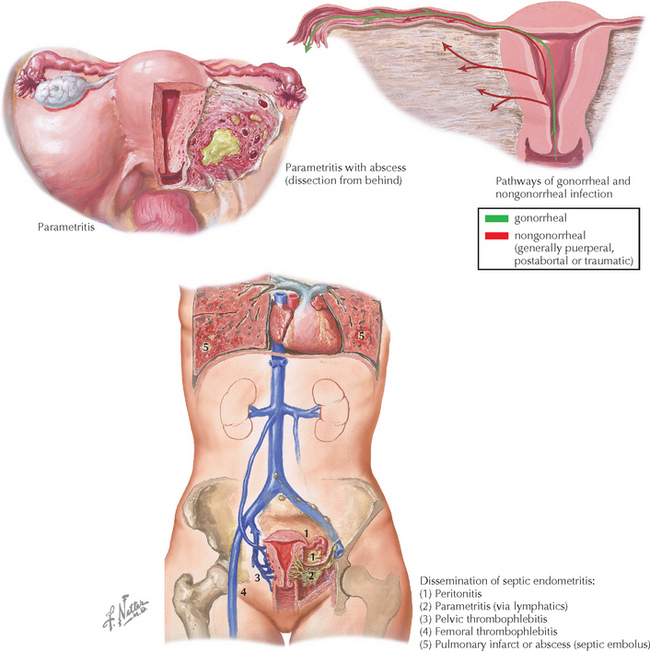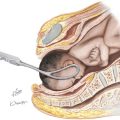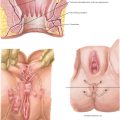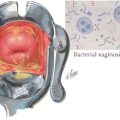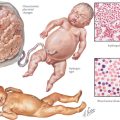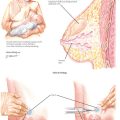Chapter 113 Endometritis
INTRODUCTION
ETIOLOGY AND PATHOGENESIS
DIAGNOSTIC APPROACH
Workup and Evaluation
MANAGEMENT AND THERAPY
Drug(s) of Choice
FOLLOW-UP
MISCELLANEOUS
Starr RV, Zurawski J, Ismail M. Preoperative vaginal preparation with povidone-iodine and the risk of postcesarean endometritis. Obstet Gynecol. 2005;105:1024.
Sullivan SA, Smith T, Chang E, et al. Administration of cefazolin prior to skin incision is superior to cefazolin at cord clamping in preventing postcesarean infectious morbidity: a randomized, controlled trial. Am J Obstet Gynecol. 2007;196:455.e1.
Ness RB, Hillier SL, Kip KE, et al. Bacterial vaginosis and risk of pelvic inflammatory disease. Obstet Gynecol. 2004;104:761.
American College of Obstetricians and Gynecologists. Prophylactic antibiotics in labor and delivery. ACOG Practice Bulletin 47. Obstet Gynecol. 2003;102:875.
American College of Obstetricians and Gynecologists. Antibiotic prophylaxis for gynecologic procedures. ACOG Practice Bulletin 74. Obstet Gynecol. 2006;108:225.
Casey BM, Cox SM. Chorioamnionitis and endometritis. Infect Disease Clin North Am. 1997;11:203.
Crossman SH. The challenge of pelvic inflammatory disease. Am Fam Physician. 2006;73:859.
Michels TC. Chronic endometritis. Am Fam Physician. 1995;52:217.
Pastorek JG2nd. Postcesarean endometritis. Compr Ther. 1995;21:249.

